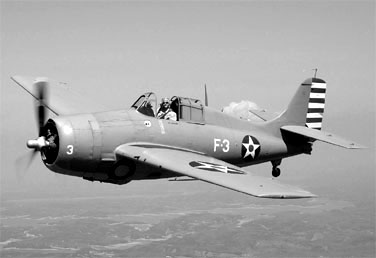 |
|
Aircraft Type |
Carrier-borne fighter of US Navy |
|
Manufacturer |
Grumman Aircraft Engineering Corporation |
|
Engine |
Radial 14-cylinder s.c., air-cooled, 1830 cid |
|
Horsepower |
1,200 hp (900 kW) @ 2,700 rpm
|
|
Weight |
5,342 lbs (empty) 8,152 (gross) |
|
Max Speed |
320 mph (515 km/h) |
|
Configuration |
Single
seat (pilot) |
|
|
| |
|
The Grumman F4F Wildcat, the only U.S. Navy fighter to serve
throughout all of Worlds War II, was first designed as a
biplane in 1935. It was an American carrier-based
fighter aircraft that began service with both the United
States Navy and the British Royal Navy (as the Martlet) in
1940. First used in combat by the British in Europe, the
Wildcat was the only effective fighter available to the
United States Navy and Marine Corps in the Pacific Theater
during the early part of World War II in 1941 and 1942. With
a top speed of 318 mph (512 km/h), the Wildcat was still
outperformed by the faster 331 mph (533 km/h), more
maneuverable, and longer ranged Mitsubishi A6M Zero. But the
F4F's ruggedness made it more successful in combat. The FM
Wildcat variant, built by General Motors, remained in
service throughout the remainder of the war on escort
carriers, where larger and heavier fighters could not be
used.
The inauguration of the National Museum of Naval
Aviation's underwater aircraft recovery program in Lake
Michigan during the early-1990s yielded a number of rare
examples of Wildcats, which had crashed in the lakes waters
during carrier qualification on board the training carriers
Wolverine (IX 64) and Sable (IX 81). These underwater birds
represent the bulk of the fourteen F4F/FM Wildcats owned by
the museum.
The total number of all Wildcats built varies between 7,860
and 8,061.
|
|
|
|
|
|
|
Specifications F4F-4 Wildcat
Bureau of Aeronautics Navy Department (1 July 1943)
| General
Characteristics |
| Crew: |
|
One pilot |
| Length:
|
|
28 ft 9 in (8.76 m) |
| Wingspan:
|
|
38 ft (11.58 m) |
| Height:
|
|
11 ft 10 in (3.60 m) |
| Wing area:
|
|
260 sq ft (24.2 sq m) |
| Empty weight:
|
|
5,895 lb (2,674 kg) |
| Gross weight: |
|
7,975 lb (3,617 kg) |
| Powerplant: |
|
1× Pratt & Whitney R-1830-86
twin-row
radial engine, 1,200 hp (895 kW) |
| Propellers:
|
|
Curtiss Elec CS 3-blade 9'-9" |
| |
|
|
| Performance |
| Top speed: |
|
320 mph (515 km/h) |
| Range: |
|
845 mi (1,360 km) |
| Rate of climb:
|
|
2,303 ft/min (11.7 m/s) |
| Service ceiling: |
|
34,000 ft (10,363 m) |
| Time to altitude: |
|
5.6 min to 10,000 ft (3,048 m) |
| |
|
|
| Armament |
| Guns: |
|
4 × 0.50 in (12.7 mm) M2 Browning
machine guns, 450 rounds/gun |
| Bombs: |
|
2 × 100 lb (45 kg) bombs and/or 2 × 58
gal. drop tanks |
|
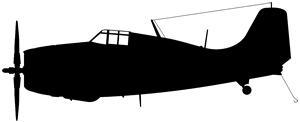 |
|
Aircraft silhouette |
|
|

|
|
Grumman Aircraft Engineering Corporation |
|
|
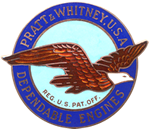
|
Pratt & Whitney
Corporate logo and engine medallion |
|
|
| |
|
Engine Specifications
Pratt & Whitney R-1830-86 Twin Wasp
| General Specs |
|
|
| Type: |
|
14-cylinder twin-row supercharged
air-cooled
radial piston engine |
| Bore: |
|
5.50 in (139.7 mm) |
| Stroke:
|
|
5.50 in (139.7 mm) |
| Displacement:
|
|
1,830 in³ (30 L) |
| Length:
|
|
59.06 in (1,500 mm) |
| Diameter:
|
|
48.03 in (1,220 mm) |
| Dry weight:
|
|
1,250 lb (567 kg) |
| |
|
|
| Components |
|
|
| Valvetrain:
|
|
Two overhead
valves per cylinder |
| Supercharger: |
|
Single-speed General Electric
centrifugal type supercharger, 1:7.15
speed increase |
| Reduction gear: |
|
Epicyclic gearing 2:3 |
| Fuel system:
|
|
Two-barrel Stromberg carburetor PD-12F8 |
| Fuel type:
|
|
100/130 octane rating gasoline |
| Cooling system:
|
|
Air-cooled |
| |
|
|
| Performance |
|
|
| Power output:
|
|
1,200 hp (895 kW) at 2,700 rpm for
takeoff |
| |
|
700 hp (522 kW) at 2,325 rpm
cruise
power at 13,120 ft (4,000 m) |
| Specific power:
|
|
0.66 hp/in³ (29.83 kW/l) |
| Compression ratio: |
|
6.7:1 |
| Fuel consumption:
|
|
0.49 lb/(hp h) (295 g/(kW h)) |
| Power/weight ratio: |
|
0.96 hp/lb (1.58 kW/kg) |
|
|
|
|
Pratt & Whitney |
|
R-1800 "Twin Wasp" Engine |
|
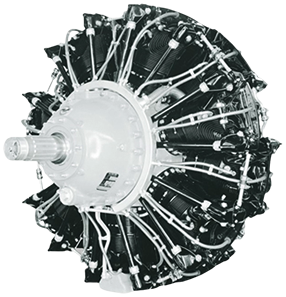 |
|
1932-1951 |
|
The Twin Wasp was the first twin-row design.
Displacing 1,830 cubic inches, it delivered
up to 1,350 horsepower and featured a new
multilayered master rod bearing to withstand
stresses at higher ratings. It performed
magnificently and was selected to power
fighters, bombers and transports. Partly due
to the urgency of World War II, 173,618
engines were produced. |
|
|
| |
|
|
|
Photos
|
|
Grumman F4F Wildcat • FM-1 and FM-2 • Martlet |
| |
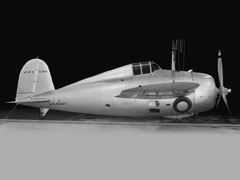 |
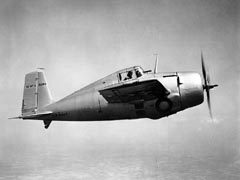 |
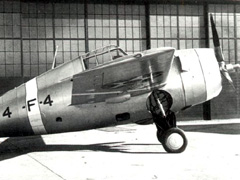 |
|
X4F4-2 prototype of Wildcat 1937 |
X4F4-3 prototype in flight 1939 |
F3F-3 production 1940 |
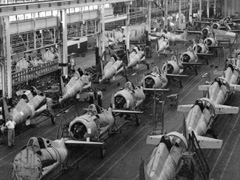 |
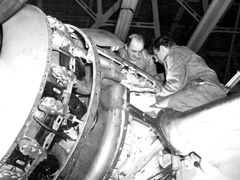 |
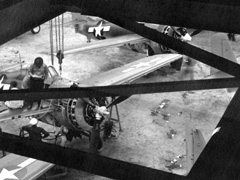 |
|
GM Eastern Aircraft Division (FM
Wildcats) |
FM engine at GM Eastern 1943 ca. |
FM-2 final assembly at GM Eastern |
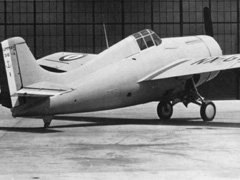 |
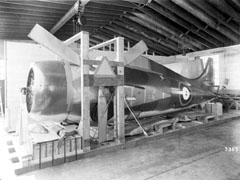 |
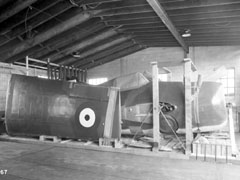 |
|
Grumman G-36A (France) 1940 |
Martlet I in crate for British Royal
Navy 1940 |
Martlet I (F4F-3) in crate for1940 |
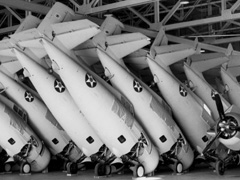 |
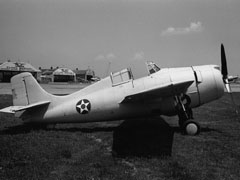 |
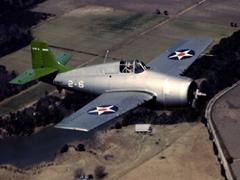 |
|
Grumman F4F fuselages Bethpage, NY 1941 |
F4F-3A 1940 |
F4F-3 over Long Island 1941 |
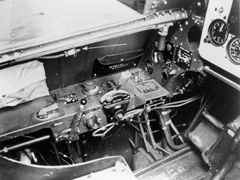 |
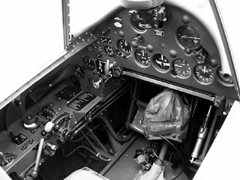 |
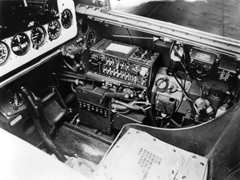 |
|
Cockpit of FM-2 Wildcat by GM/Eastern |
Cockpit of FM-2 Wildcat by GM/Eastern |
Cockpit of FM-2 Wildcat by GM/Eastern |
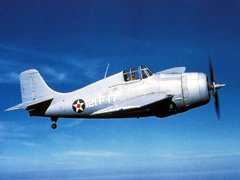 |
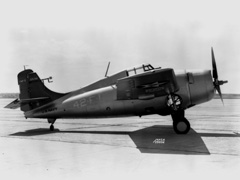 |
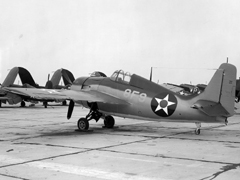 |
|
F4F-3 in flight 1941 |
F4F-3 evaluation at Langley in 1941 |
FM-3 Wildcat 1948 ca. |
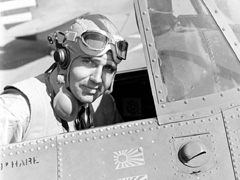 |
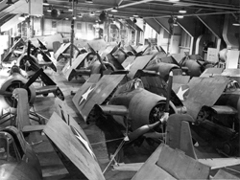 |
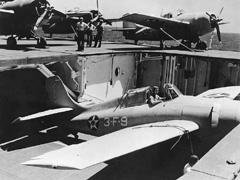 |
|
Edward "Butch" O'Hare Navy's first
flying ace |
F4F-4s aboard hangar deck of carrier |
F4F on elevator of USS Saratoga Apr 1940 |
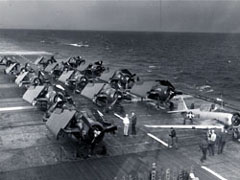 |
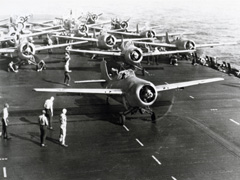 |
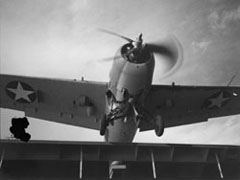 |
|
FM-2s on USS Sable, Lake Michigan CQTU |
F4F-3s warm up on USS Enterprise 1942 |
F4F-3 launches from USS Charger 1943 ca. |
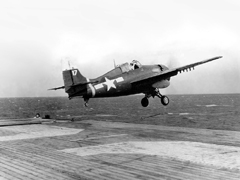 |
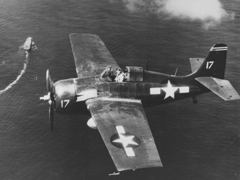 |
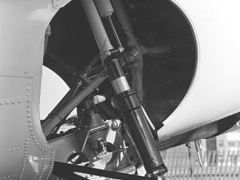 |
|
FM-2 catapults from USS Makin Island Oct
1945 |
FM-2 over USS Santee 1944 ca. |
FM-2 Wildcat landing gear |
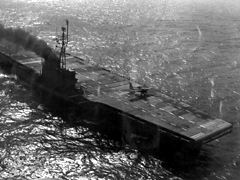 |
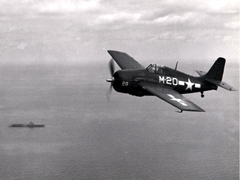 |
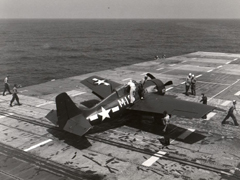 |
|
FM-2 takeoff USS Sable, Lake Michigan
CQTU |
FM-2 over USS Sable, Lake Michigan CQTU |
FM-2 USS Sable, Lake Michigan CQTU 1945 |
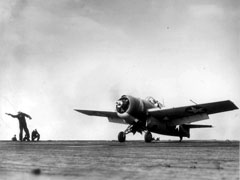 |
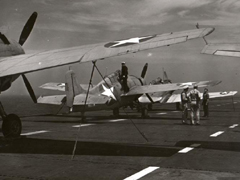 |
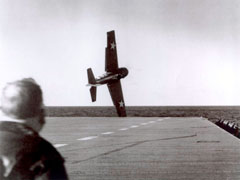 |
|
F4F-3 launch on USS Wolverine, Lake Mich
1943 |
F4F tied down US Wolverine, Lake Mich
1943 |
F4F-4 mishap USS Wolverine CQTU 1943 ca. |
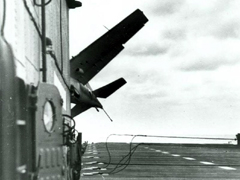 |
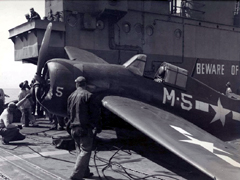 |
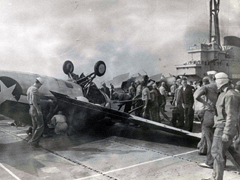 |
|
F4F-4 aborts landing on USS Wolverine
1943 |
FM-2 hard landing USS Sable CQTU 1944
ca. |
FM-2 crash aboard USS Sable 1944 |
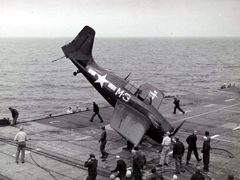 |
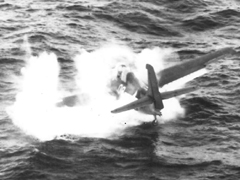 |
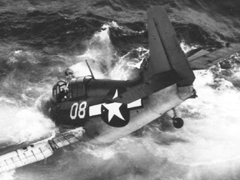 |
|
FM-2 on USS Sable, Lake Michigan May
1945 |
FM-2 ditching 1945 ca. |
FM-2 ditching 1945 ca. |
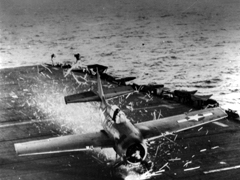 |
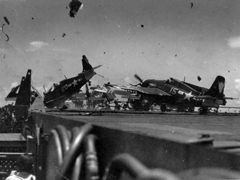 |
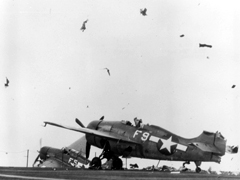 |
|
FM-2 wood deck chips 1944 ca. |
FM-2 crash USS Nehenta Bay |
FM-2 crash then overboard 1944 ca. |
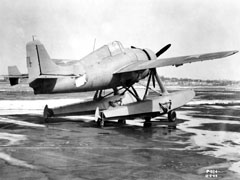 |
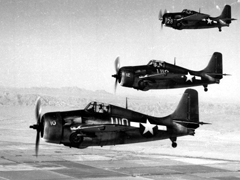 |
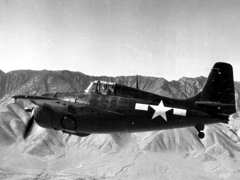 |
|
F4F-3S "Wildcatfish" one-off Dec 1944 |
FM-2 formation |
FM-2 |
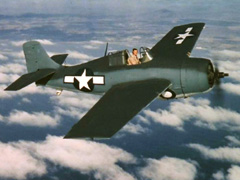 |
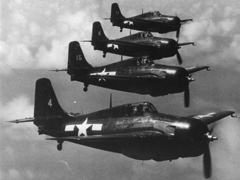 |
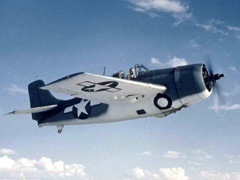 |
|
FM-1 in flight North Island, CA 1943 |
FM-2s in flight 1945 ca. |
FM-1 in flight North Island, CA 1943 |
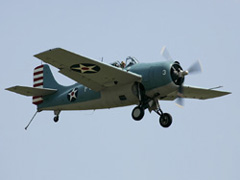 |
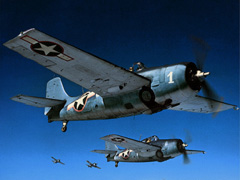 |
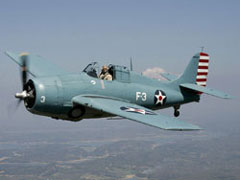 |
|
Restored F4F-3 with tail hook 2005 ca. |
F4F formation Jun 1943 (colorized) |
Restored F4F-3 in flight 2005 ca. |
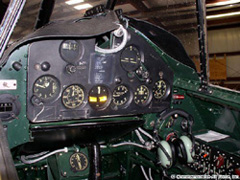 |
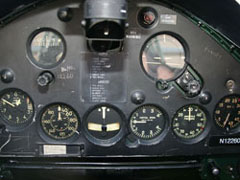 |
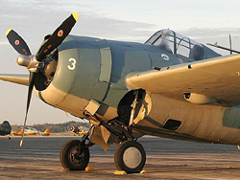 |
|
Restored F4F-3 cockpit 2005 ca. |
Restored F4F-3 instrument panel 2005 ca. |
Restored F4F-3 parked 2005 ca. |
|
| |
| |
|
| |
|
Variants by Grumman and GM |
|
F4F / FM
/ Martlet / Wildcat |
|
|
|
|
|
|